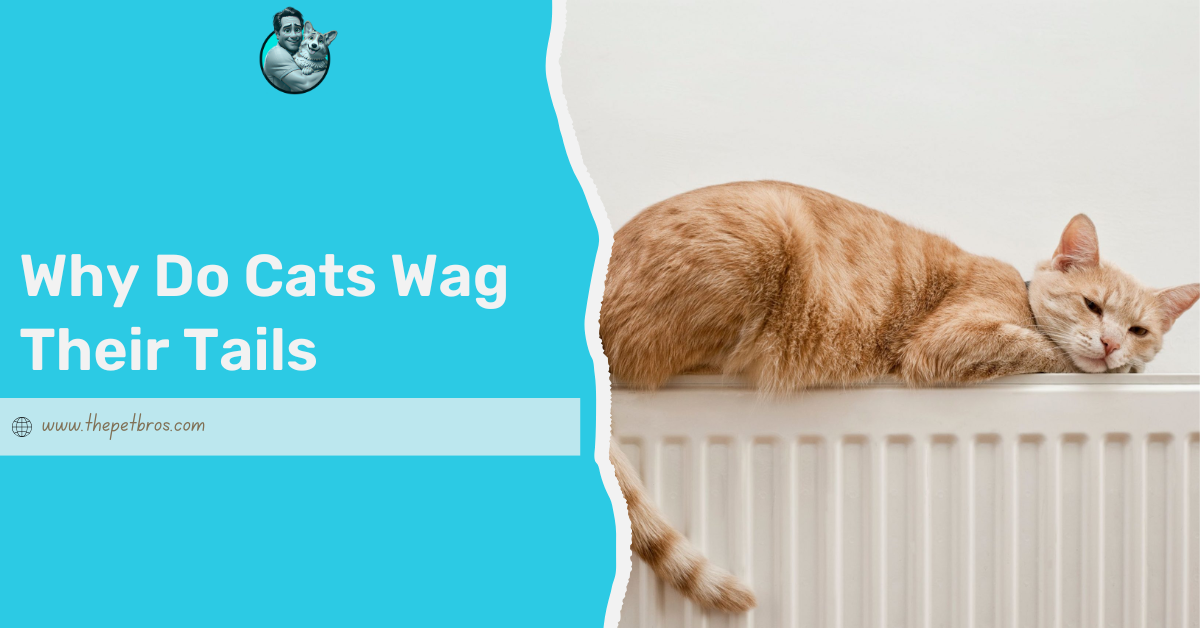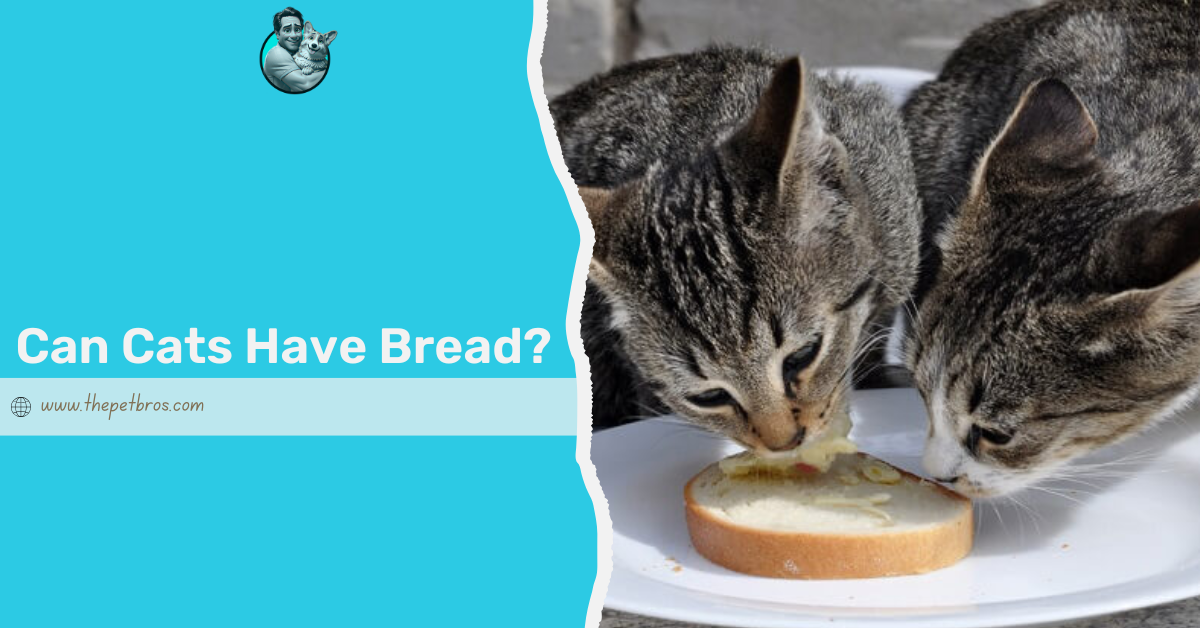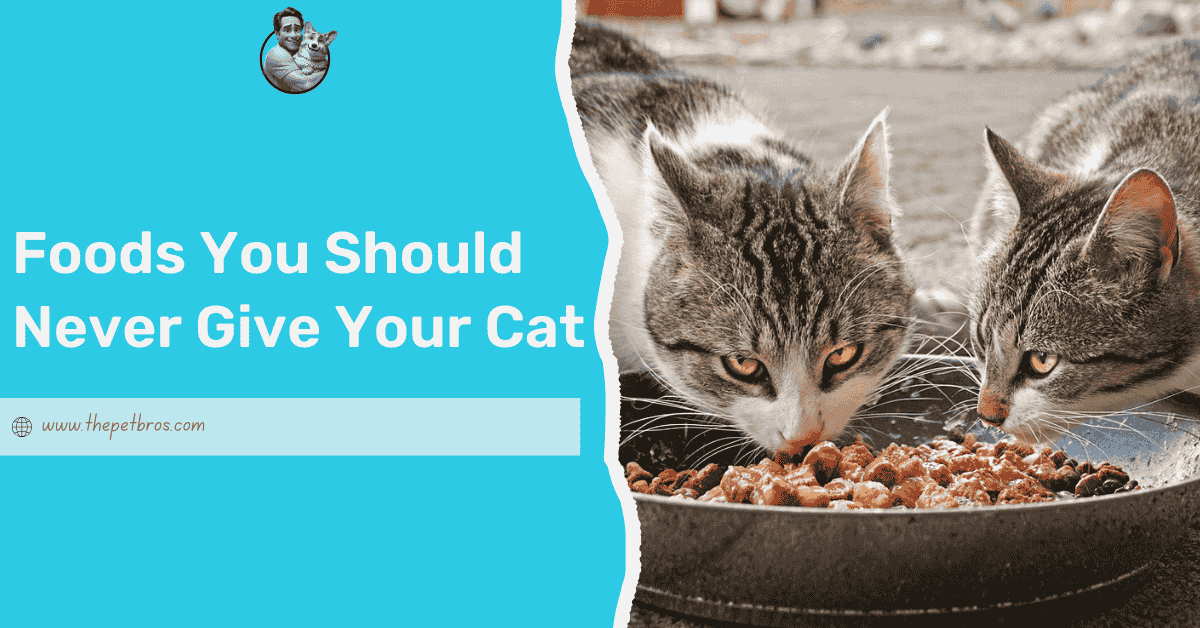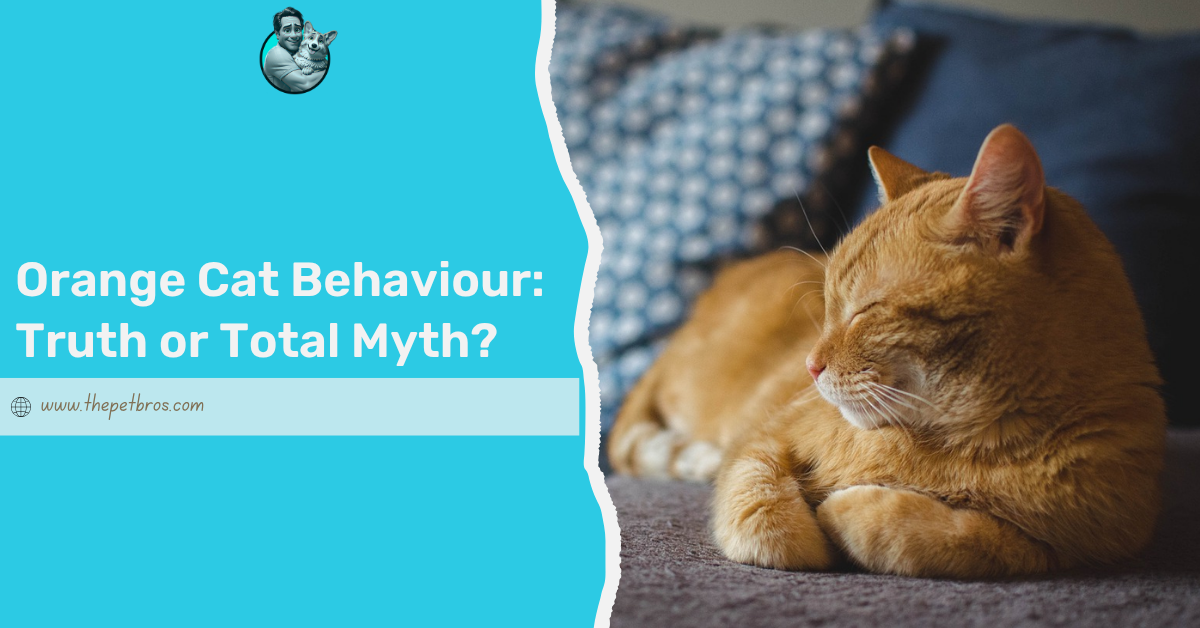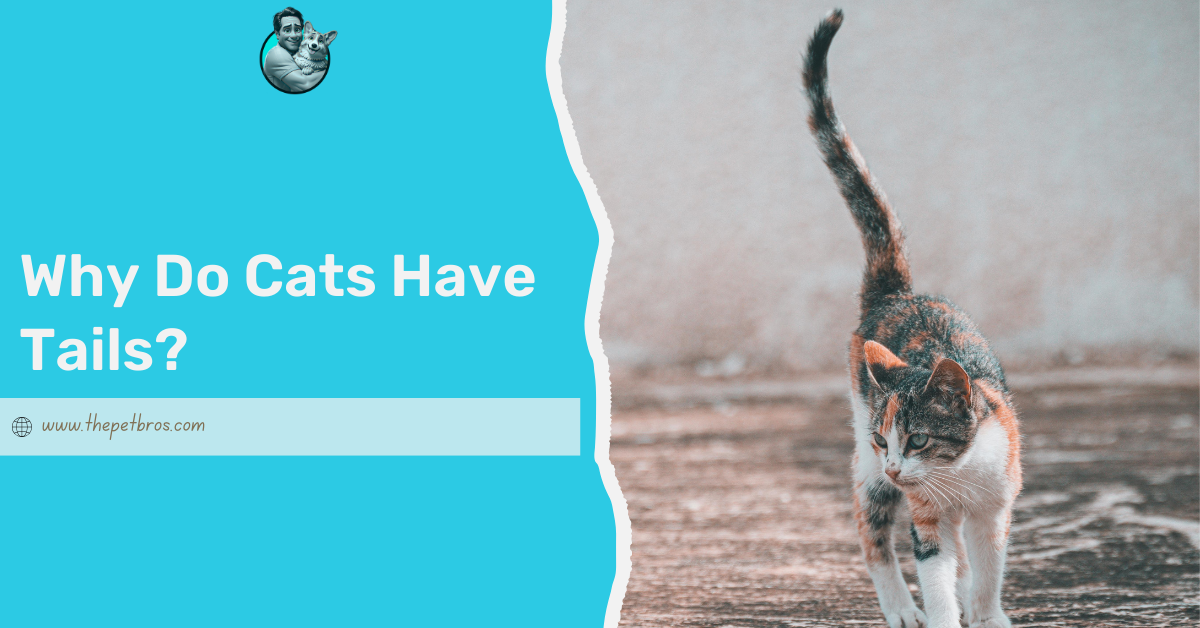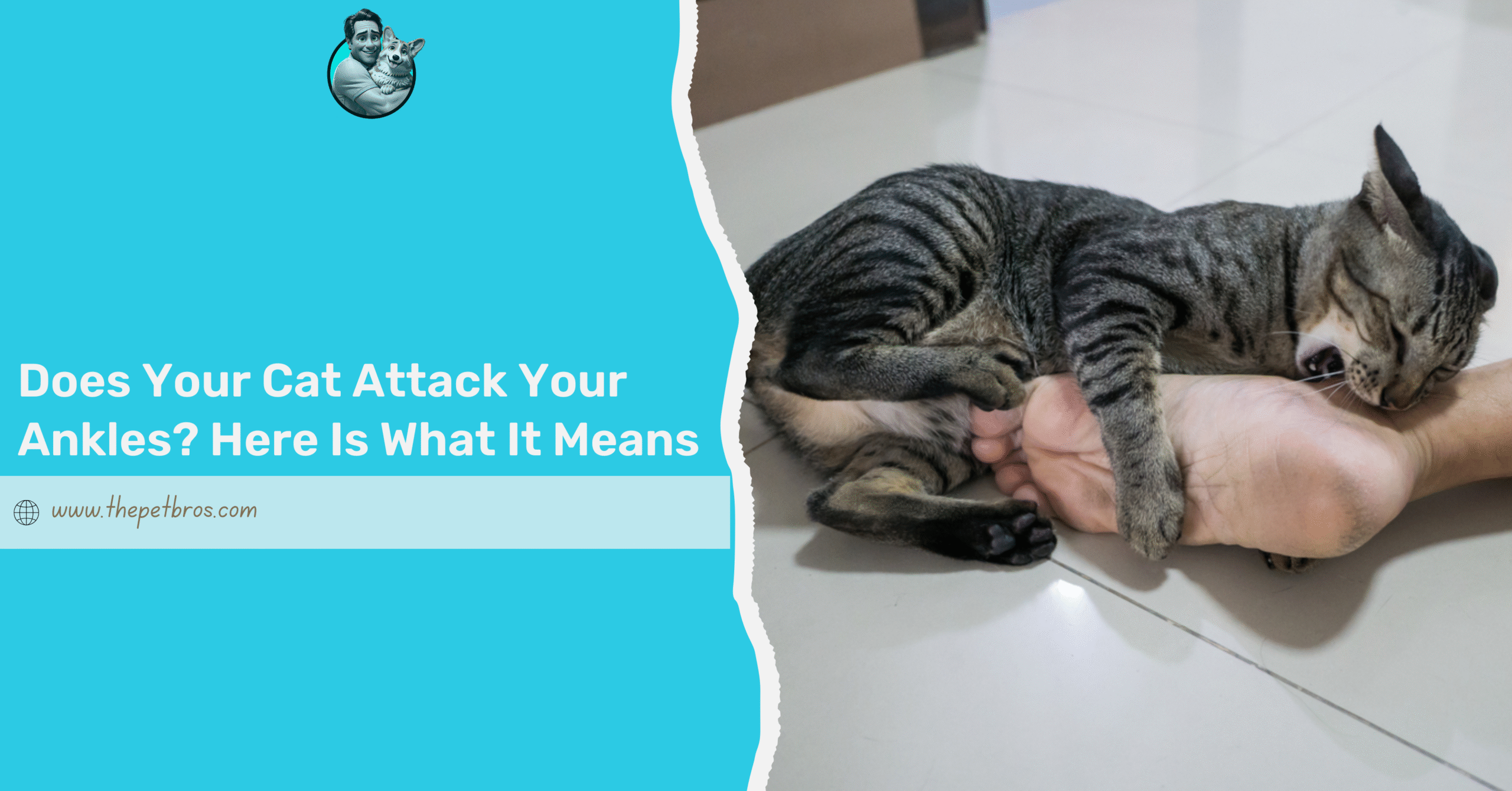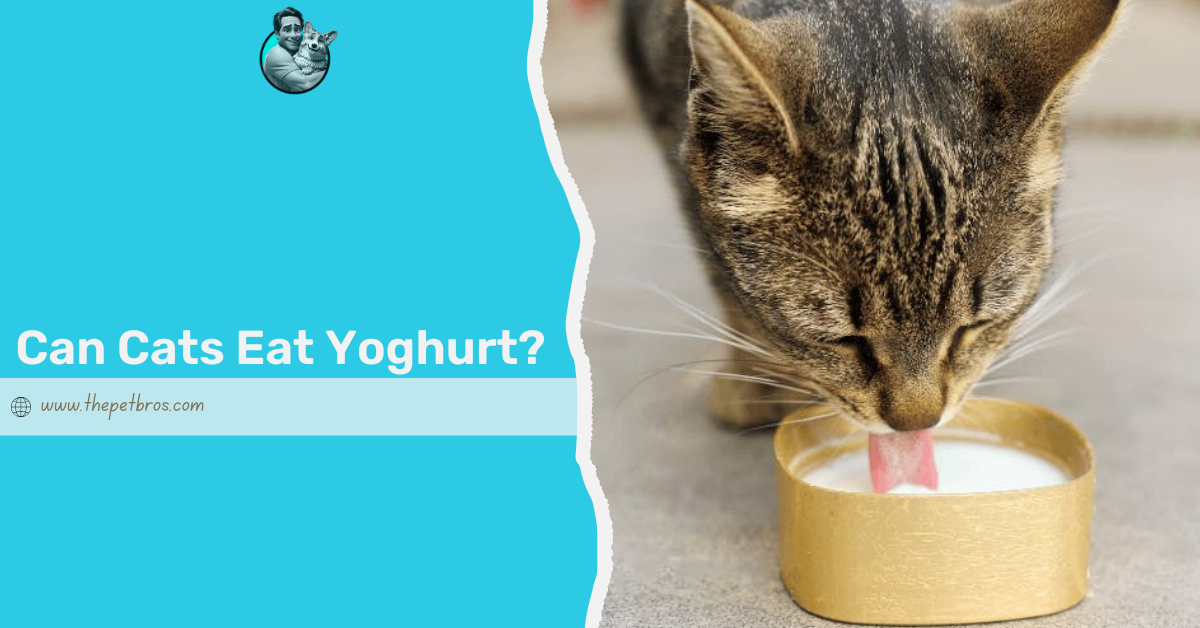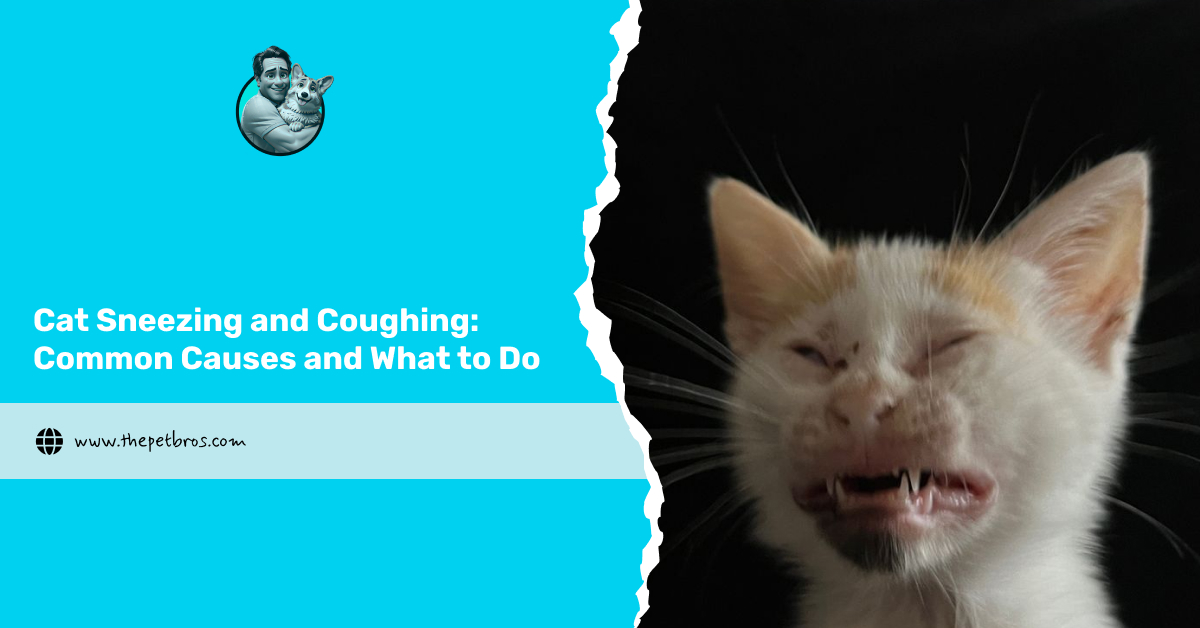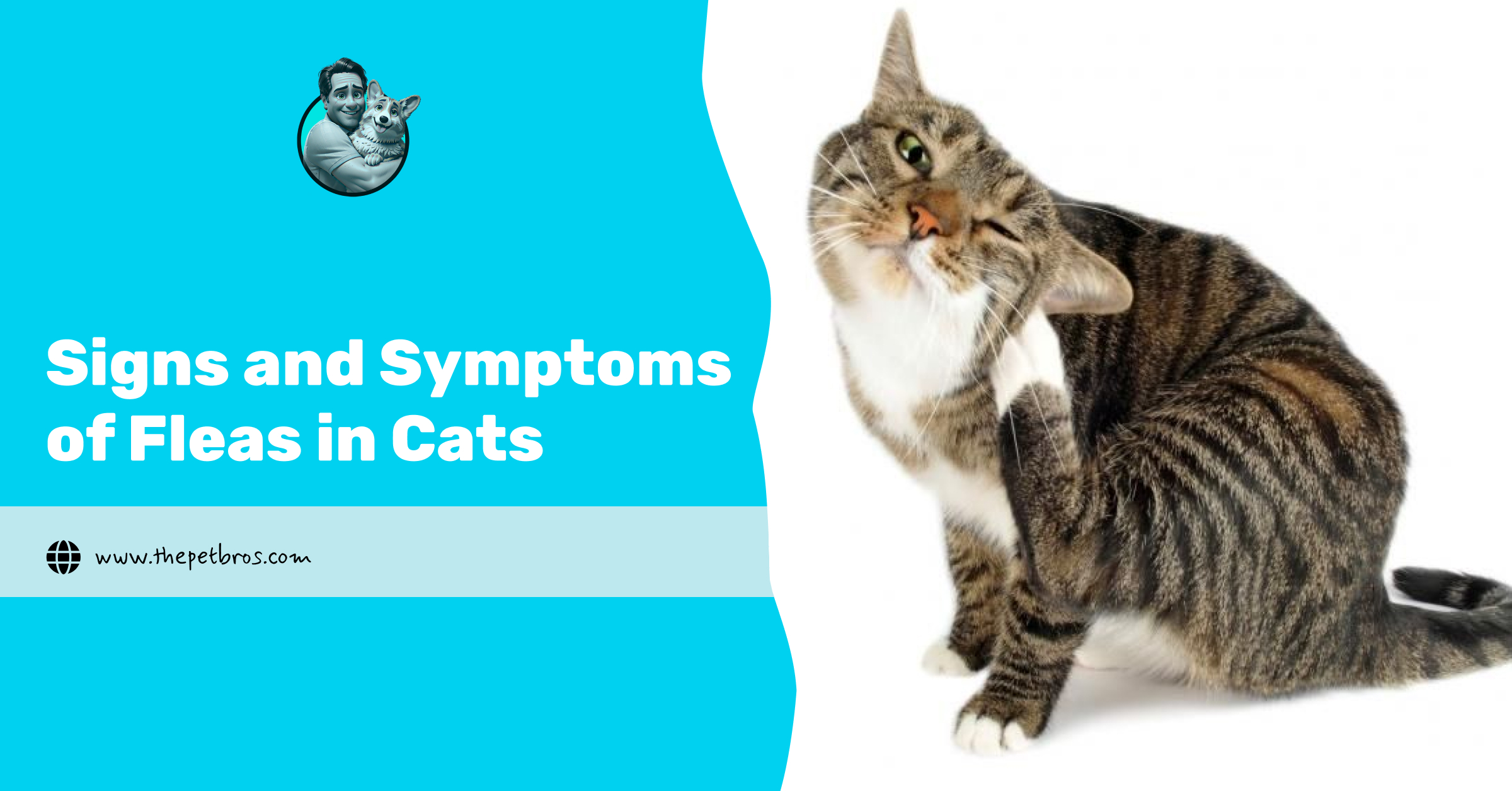Everyone knows that dogs wag their tails when they’re happy and healthy, but did you know why cats wag their tails? While less noticeable than their canine counterparts, cats use tail wagging uniquely to express themselves. This article explores these unique reasons and answers the age-old question. So, read along!
Why Do Cats Wag Their Tails?
Here are the six main reasons why cats wag their tails:
- Expressing Irritation or Annoyance
- Indicating Excitement or Happiness
- Signalling Uncertainty or Internal Conflict
- Communicating Pain or Discomfort
- Focusing on Prey or Play
- Establishing Territory or Dominance
1. Expressing Irritation or Annoyance
When your cat suddenly wags or thrashes its tail, it is usually a clear sign of irritation or annoyance. This could happen during a petting session that has become too long or when your cat feels overstimulated.
The sharp, forceful movements are their way of saying, “Enough!” or “Give me some space.” Children or less experienced cat owners can easily misinterpret these moments. Recognising this behaviour and respecting your cat’s boundaries can prevent scratches or bites. This further helps to maintain a positive relationship with your pet.
You must also note that persistent tail thrashing might indicate an underlying environmental stressor, such as unfamiliar visitors or loud noises.
2. Indicating Excitement or Happiness
Although cats don’t wag their tails in the same cheerful manner as dogs, a gentle, rhythmic swish can indicate excitement or happiness. You may witness this when they greet you at the door, watch an intriguing object, or interact with their favourite toy.
In these moments, their tail movements convey a positive emotion, showing they are engaged and enjoying the interaction. However, you must consider the context, as overstimulation can sometimes mimic this behaviour.
For instance, a cat may initially wag their tail in happiness during play but transition to irritation if it becomes too rough. Being attentive to these shifts ensures a more enjoyable experience for you and your pet.
3. Signalling Uncertainty or Internal Conflict
A slow, deliberate tail wagging often indicates that a cat is experiencing conflicting emotions. For instance, they might want attention but are unsure about the situation. This behaviour is typical when a cat encounters a new environment, person, or animal.
You might also notice this during introductions to other pets or when they encounter unfamiliar stimuli, such as a new piece of furniture. Observing their tail movements alongside other body language cues, such as ear positioning, dilated pupils, and vocalisations, can provide a clearer picture of your cat’s feelings. Helping your cat navigate these moments with patience and reassurance can build their confidence and trust in you.
4. Communicating Pain or Discomfort
Tail wagging may sometimes be a sign of discomfort or pain. Injuries, neurological conditions, or other medical issues can cause unusual tail movements. For example, a cat with an injured tail might wag it in a way that seems unnatural or accompanied by other signs of distress, such as hiding, lack of appetite, or excessive grooming.
If your cat’s tail behaviour changes suddenly or you notice these symptoms, you must consult a veterinarian promptly. Early intervention can address potential health issues and ensure your cat stays comfortable and well-cared for.
5. Focusing on Prey or Play
During intense concentration, such as stalking a toy or observing a bird through the window, a cat may twitch or gently wag its tail. You can associate this behaviour with their deeply ingrained hunting instincts, a trait shared with their wild relatives.
The slight tail movements help them stay balanced and focused as they prepare to pounce, as a physical manifestation of their mental preparation. This behaviour is particularly noticeable during interactive play sessions, where toys mimic prey. Understanding this can enhance your playtime with your cat, ensuring they get the mental and physical stimulation they need to stay healthy and happy.
6. Establishing Territory or Dominance
Tail wagging can sometimes accompany territorial behaviours, such as marking with scent. When a cat’s tail quivers during spraying, it’s a strong signal that they are asserting dominance or marking their territory.
This behaviour is more common in unneutered males but can occur in any cat, particularly in multi-cat households. Understanding this behaviour is crucial for managing potential conflicts between pets. Providing enough resources, such as litter trays, food bowls, and resting spots, can help reduce territorial disputes. Spaying or neutering your cat can also minimise these behaviours and create a more harmonious living environment.
So, Why is Your Cat Wagging Its Tail?
Of course, there are several cat tail signs you must be aware of, and tail wagging is no exception. A cat’s tail serves numerous vital functions that we often take for granted; we suggest you keep an eye on those tail movements, as they’re your feline friend’s way of communicating with the world. Whether it’s a playful flick or a sign of frustration, understanding the subtle cues behind their tail behaviour will help you connect with your cat on a deeper level, while strengthening your pet-owner relationship!
Frequently Asked Questions
Why Do Cats’ Tails Puff Up?
Cats puff up their tails when they feel threatened or scared. The puffed-up tail, often accompanied by an arched back and fluffed fur, is a defense mechanism meant to make the cat appear larger and more intimidating to potential threats.
What Happens If My Cat Loses Its Tail?
Although a cat can live without its tail, the tail plays an essential role in balance, communication, and movement. Cats without tails may need time to adapt, especially for activities requiring agility, like climbing or jumping. However, they can still lead happy and healthy lives with proper care.






